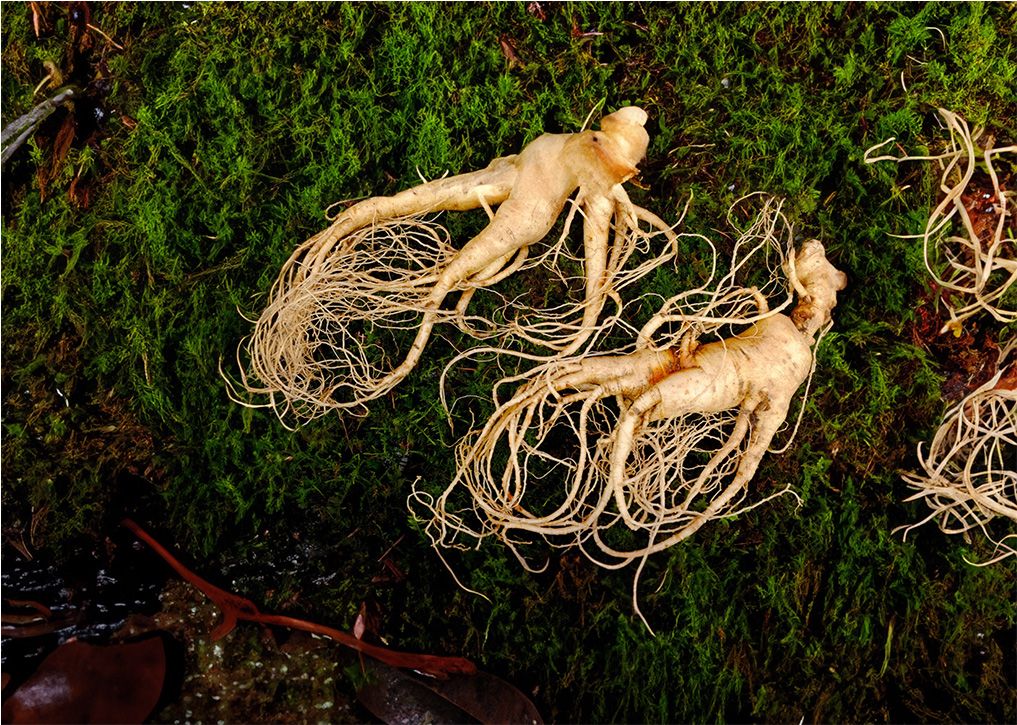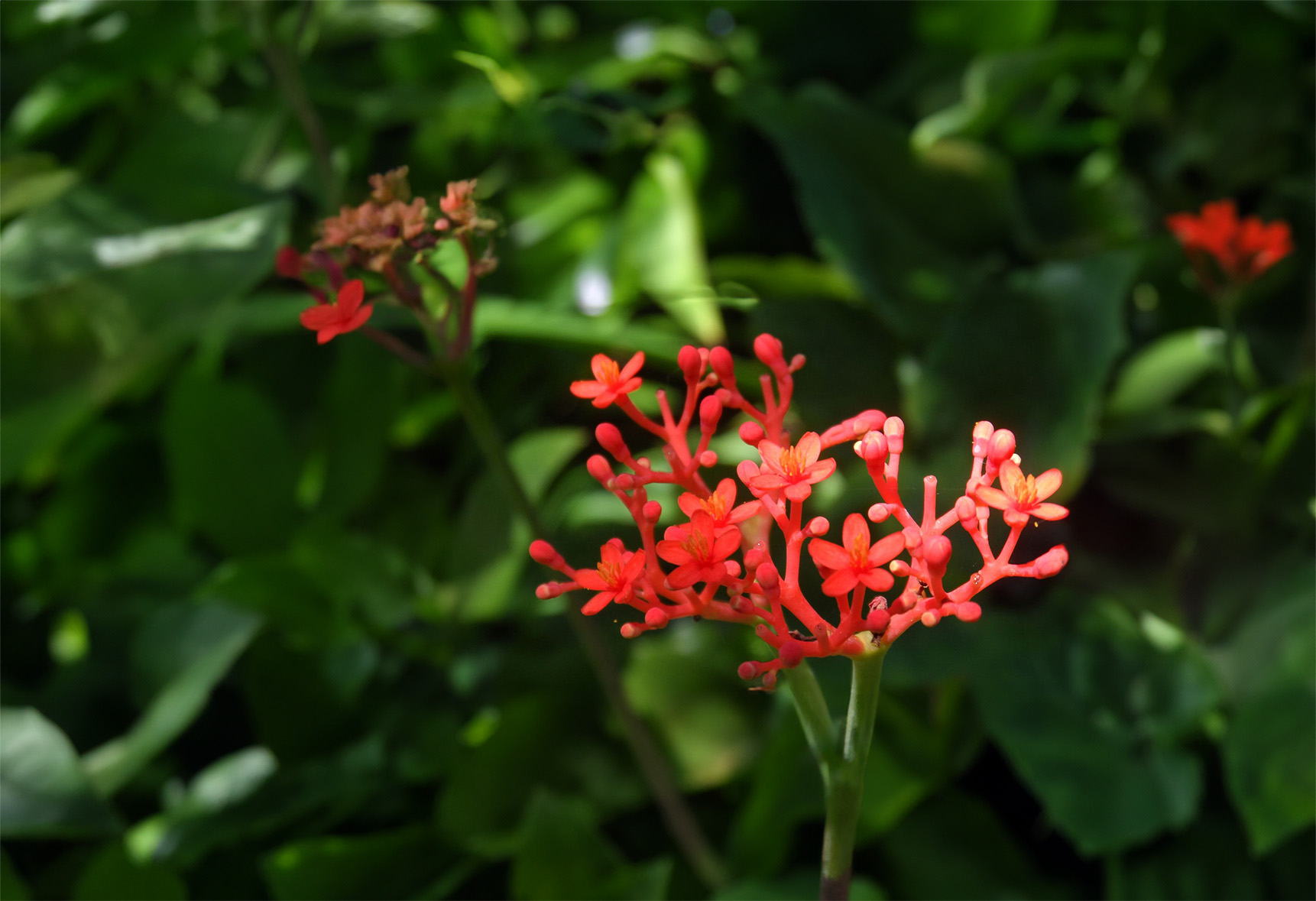Korean Ginseng has a captivating history that traces back over a millennium to ancient Korea, where its extraordinary effects were first discovered. The early Koreans realized the potential of this miraculous herb through traditional methods of cooking and drying. This ancient wisdom was documented in the travel essay “高麗圖經” penned by Xuanhe, an envoy from the Song Dynasty who visited Goryo in 1123. Today, Korean Ginseng is still celebrated worldwide for its proven health benefits, acknowledged by both Eastern and Western medical communities, combining the wisdom of the past with modern scientific validation, creating a unique health elixir.
Among the various ginseng varieties, Korean Ginseng stands out for its exceptional composition of beneficial components. Saponins and non-saponins, including the valuable saponin Rb1, are abundant in Korean Ginseng, known for supporting healthy liver and brain function. Moreover, it boasts non-saponin ingredients, such as acidic polysaccharides, which play a role in managing cholesterol levels.

A special version of Korean Ginseng, known as Korean Red Ginseng, undergoes a traditional steaming and drying process, resulting in its distinctive red appearance. This age-old method not only enhances the root’s beneficial properties but also preserves its potency. It is essential to recognize that not all ginseng plants are equal; Korean Red Ginseng surpasses American, Chinese, and Japanese Ginseng in terms of saponin content, which is responsible for ginseng’s unique capabilities.
For centuries, Korean Ginseng has been celebrated as “Asia’s Immunity Booster” owing to its exceptional qualities. Indigenous to the Korean Peninsula, this herb requires nurturing for a full six years to reach its peak potential. Each year, the ginseng plant develops one palmately compound leaf, with the number of prongs increasing with age. By the sixth year, the plant stops producing new leaves, marking the pinnacle of its growth, when the root’s “head,” “body,” and “legs” are in perfect balance, containing the highest concentration of nutrients.
The scientific name “Panax” is derived from the Greek language, meaning “all-healing,” emphasizing ginseng’s comprehensive health benefits. Ginseng belongs to a unique genus of plants containing ginsenosides, a class of compounds exclusive to this herb. To ensure optimal saponin content, our ginseng is meticulously nurtured for six years, allowing each root to attain its maximum potency. Embedded in Korean culture and lifestyle, ginseng continues to offer a myriad of natural health advantages.

According to Oriental Medicine, ginseng’s benefits are categorized into seven aspects:
- Stamina Boosting: Enhances strength and promotes endurance.
- Normalizing Metabolism Irregularities: Supports blood production and stabilizes pulse rate.
- Calming Mental Instability: Reduces stress and brings harmony to the mind.
- Improving Whole Body Function: Nourishes body fluids and relieves thirst.
- Detoxification and Improving Skin Conditions: Purifies the body and alleviates swellings or boils.
- Strengthening Spleen and Stomach: Boosts digestive organs and prevents diarrhea.
- Nourishing and Strengthening the Respiratory System: Reinforces lungs and alleviates coughs.
By promoting blood circulation and supporting bodily functions, ginseng empowers our bodies to combat diseases and become stronger overall. It remains a powerful and nurturing health food, cherished for its ancient roots and scientifically proven advantages.
Discover more from SNAP TASTE
Subscribe to get the latest posts sent to your email.



